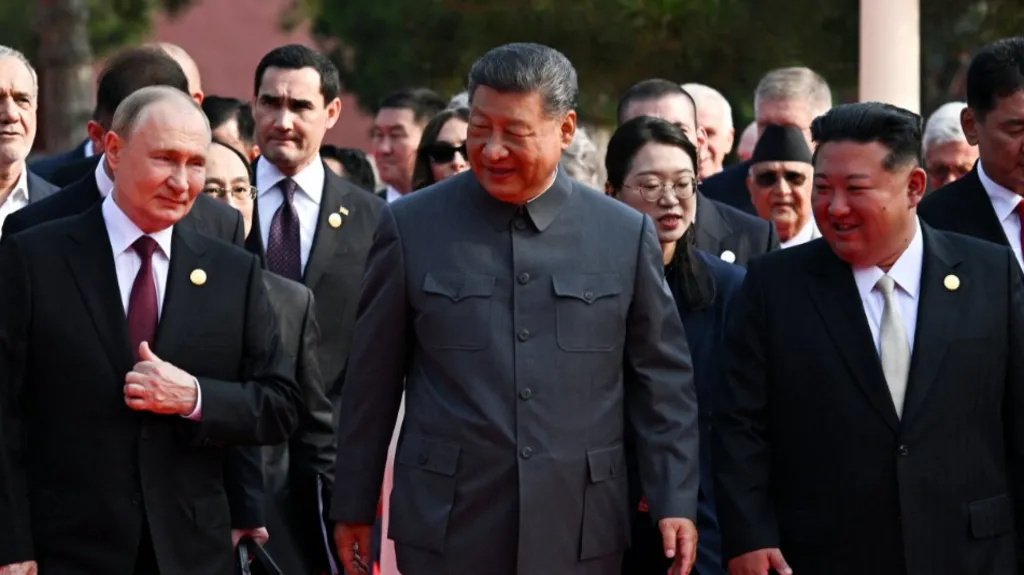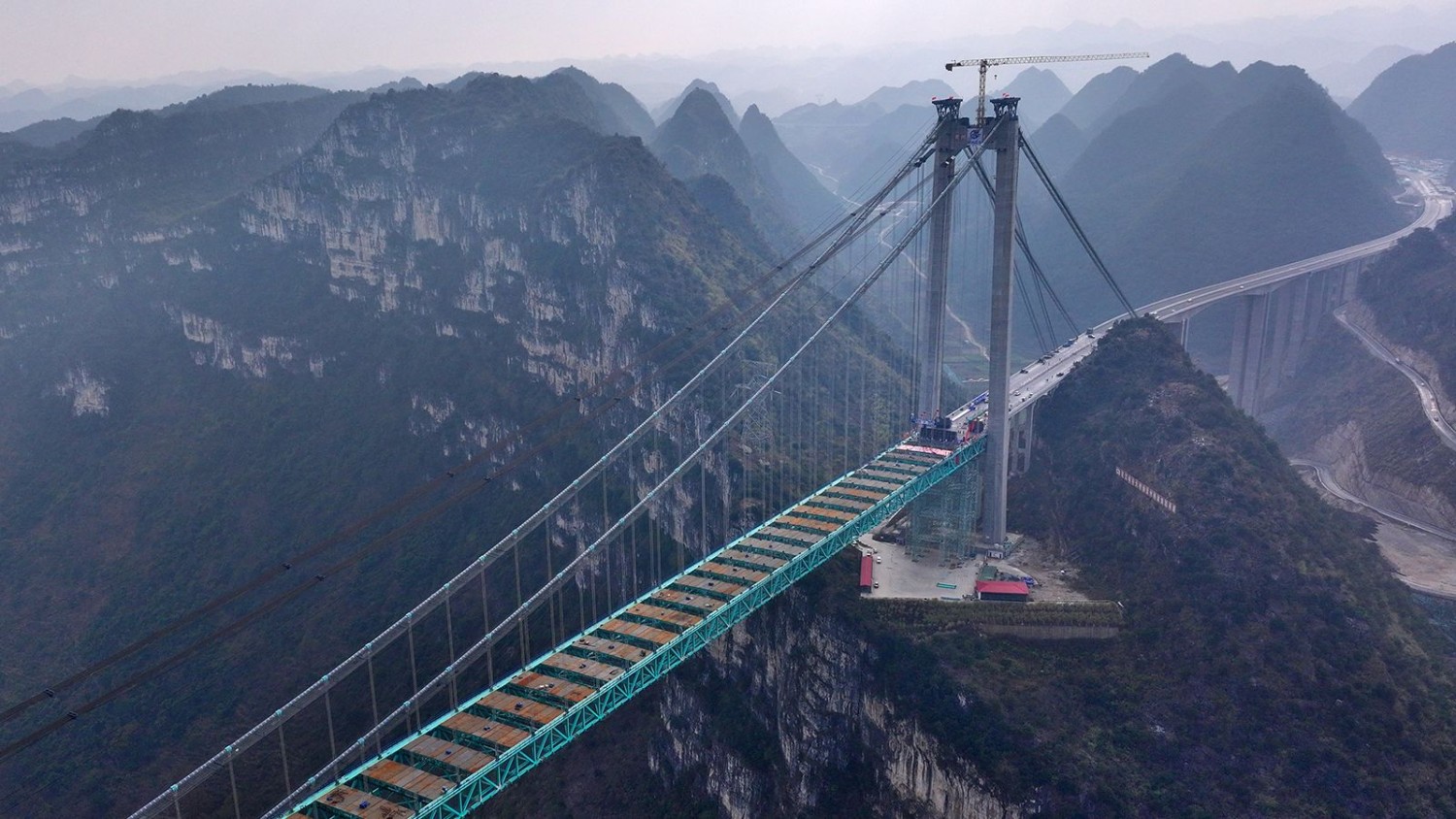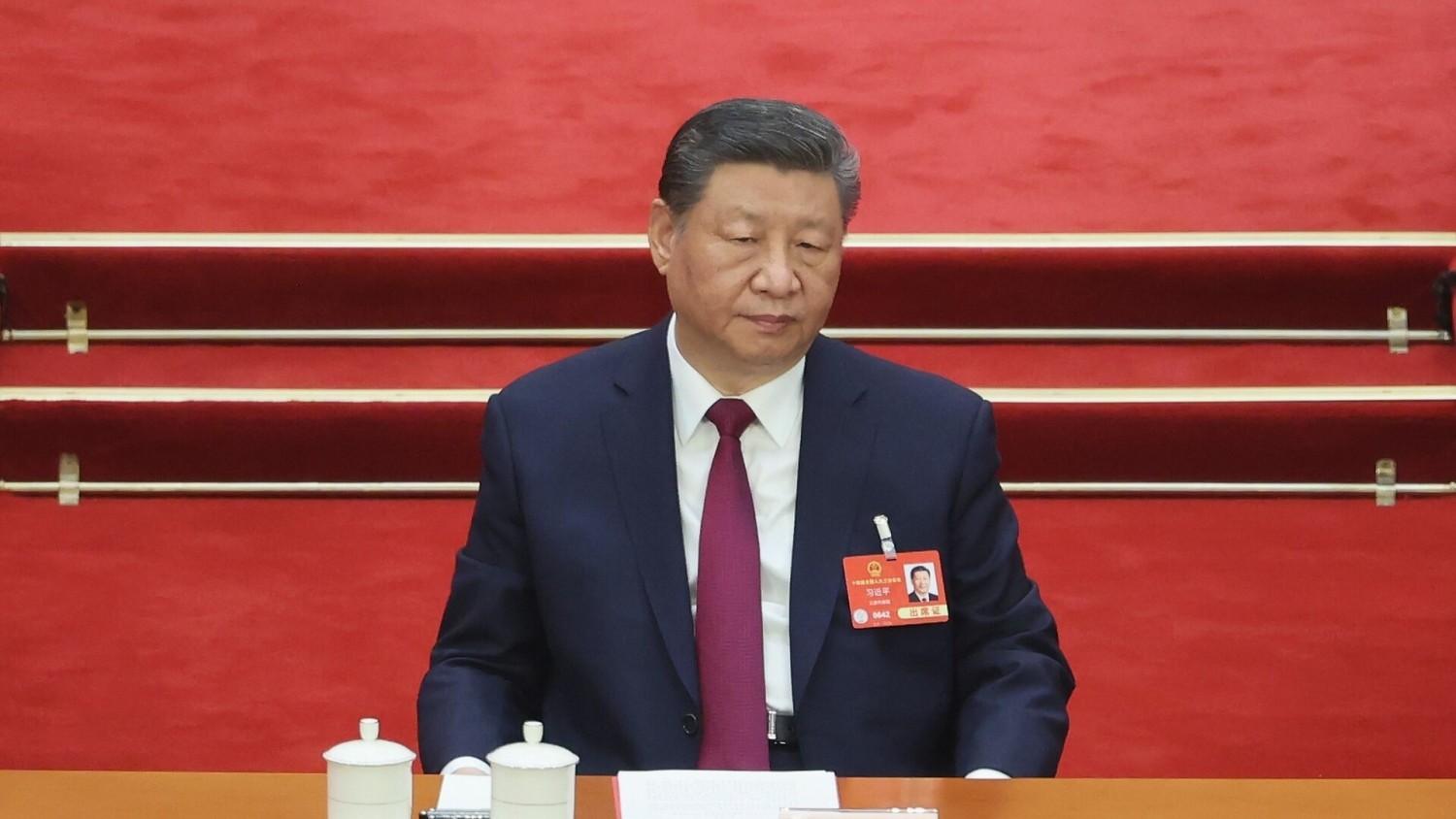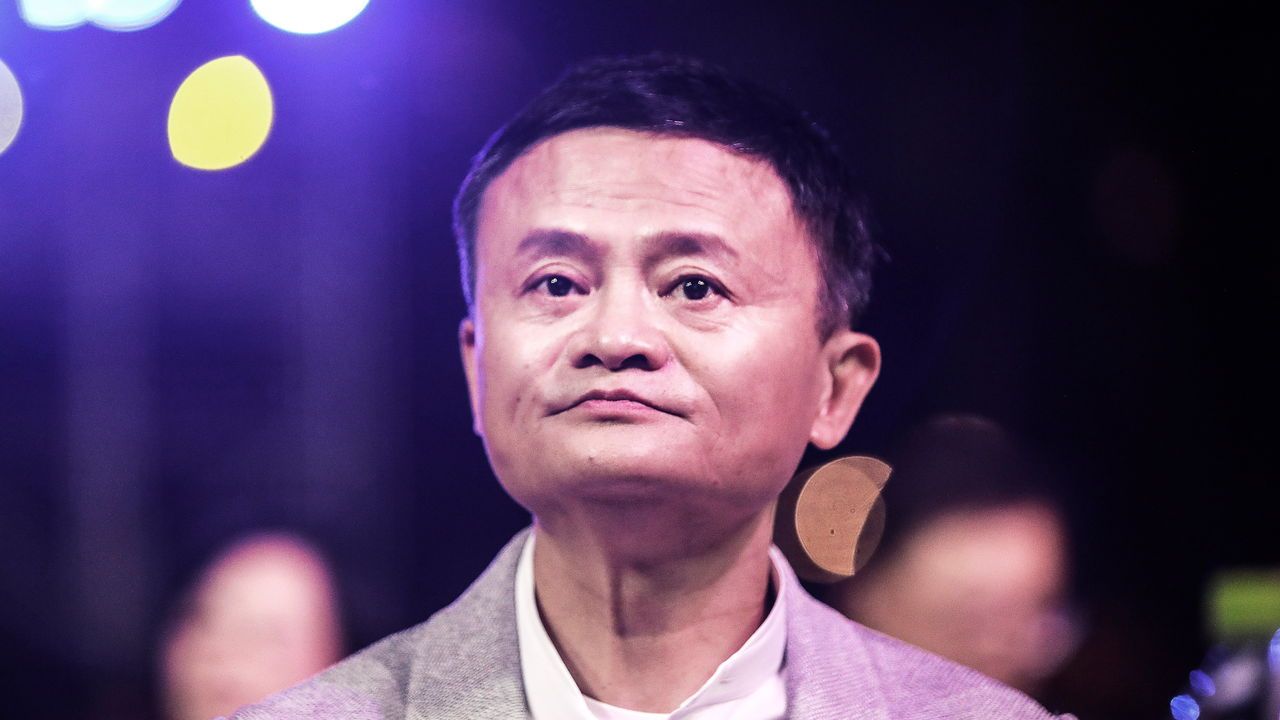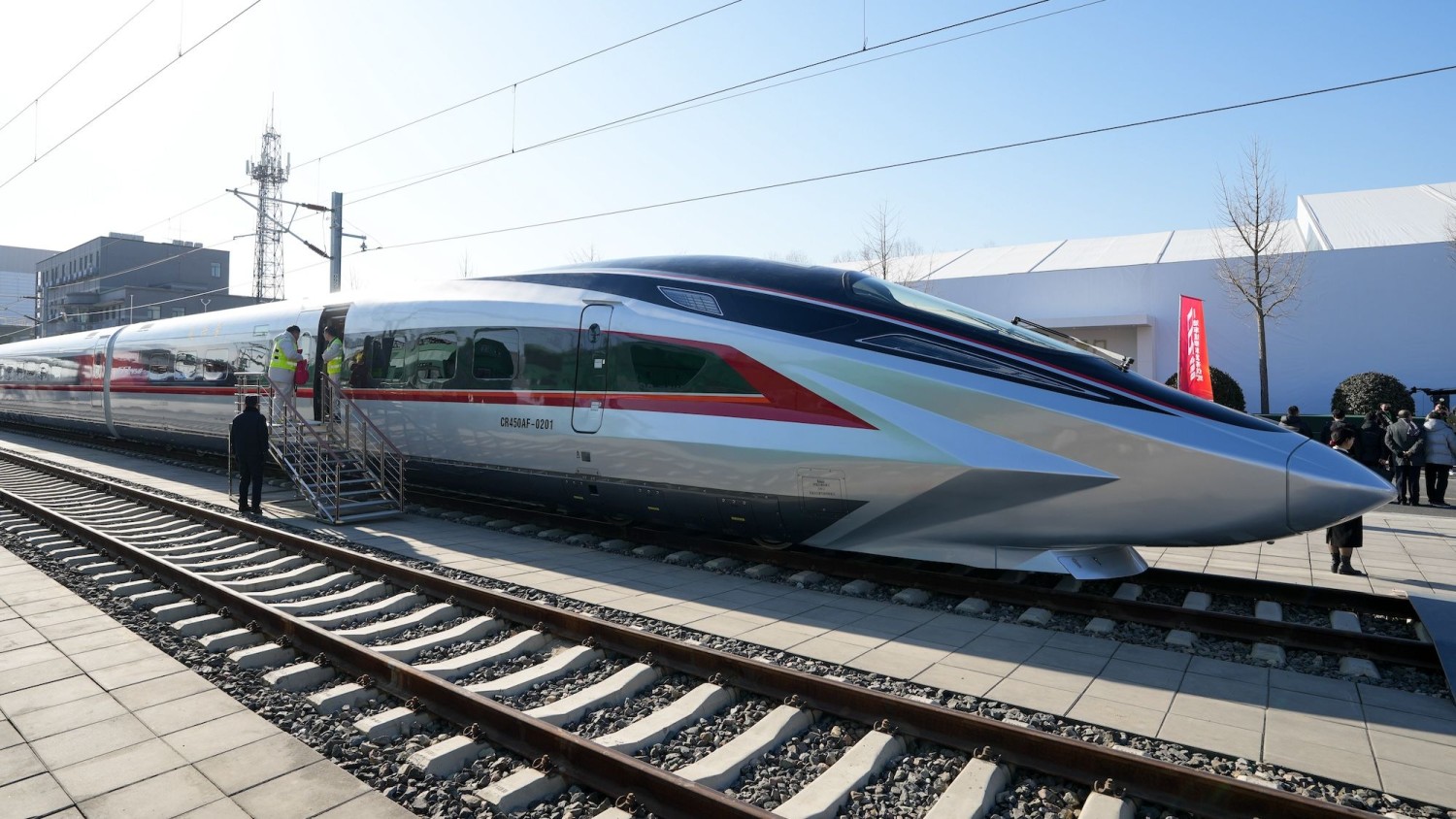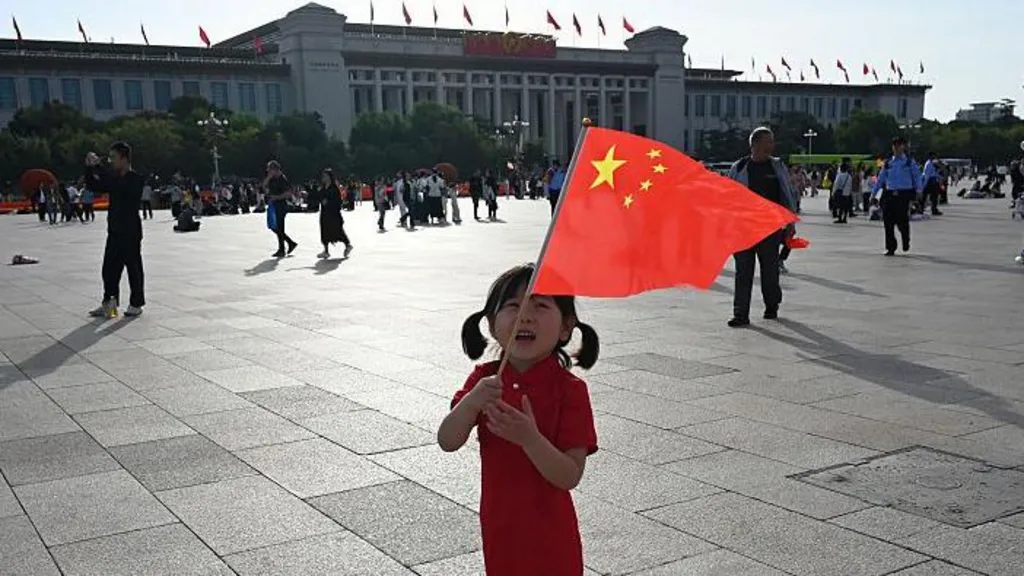
This article is more than
2 year old‘Frightening’: 90 days to world disaster if China invades Taiwan
Jamie Seidel
Victory is assured. But the cost will be high. That’s the take-home message being touted after Taiwan’s future was subjected to a bout of wargaming.
The Center for Strategic and International Studies (CSIS) brought various military experts together to run through a potential war with China. They did so 24 times.
Their verdict: Every participant would suffer “enormous” losses.
Two nuclear-powered aircraft carriers would be sunk along with up to 20 other warships.
Cruise missiles would flatten all the air and land bases in Japan.
The US island outpost of Guam would be levelled.
But China’s invasion force would be destroyed.
CSIS wargamed a Chinese invasion of Taiwan 24 times and found that a democratic, independent Taiwan endures in most scenarios. But the costs are enormous, write @csis_isp expert Mark F. Cancian, Matthew Cancian, and Eric Heginbotham.
— CSIS (@CSIS) January 12, 2023
Read the report: https://t.co/K4QfOmtdZN pic.twitter.com/zXsmrfqQVV
“We reached two conclusions,” analyst Eric Heginbotham said. “First, under most circumstances, China is unlikely to succeed in its operational objectives or to occupy Taipei,” he said. “Second, the cost of war would be high for all involved.”
But without the help of the US, Australia, Japan and other allies, CSIS states, Taiwan won’t be able to hold out for more than 90 days.
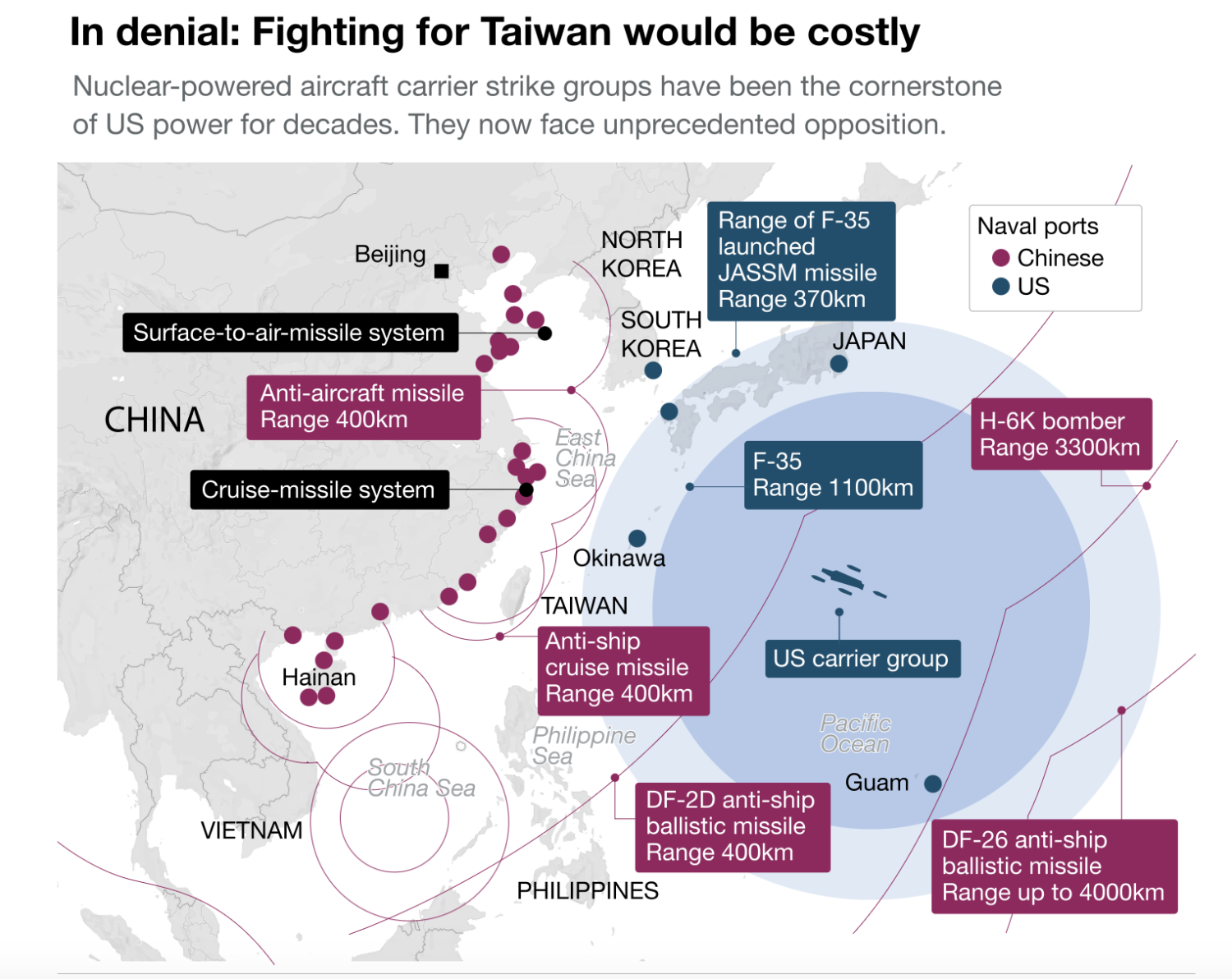
The predictions are bold but clear. But wargames aren’t supposed to produce prophecies, sceptics warn.
“Wargames that simulate combat between the United States and China near Taiwan can provide useful insight about potential military challenges,” says RAND think-tank researcher Dr Timothy Heath. But wargames find it “exceedingly difficult” to incorporate both military and political thinking.
“The frightening results of such simulations naturally raise deeper questions of a fundamentally political nature, such as: How can such a war be avoided? If it can’t be avoided, how can escalation in such a war be controlled?”
Garbage in, garbage out
Can an intensely complex scenario such as a clash between modern great powers be reduced to the level of rolling dice and playing cards?
Any game must simplify the world. Otherwise, you’d need a computer the size of a planet to run a genuinely accurate simulation. That means any conclusions will also inevitably be simplistic.
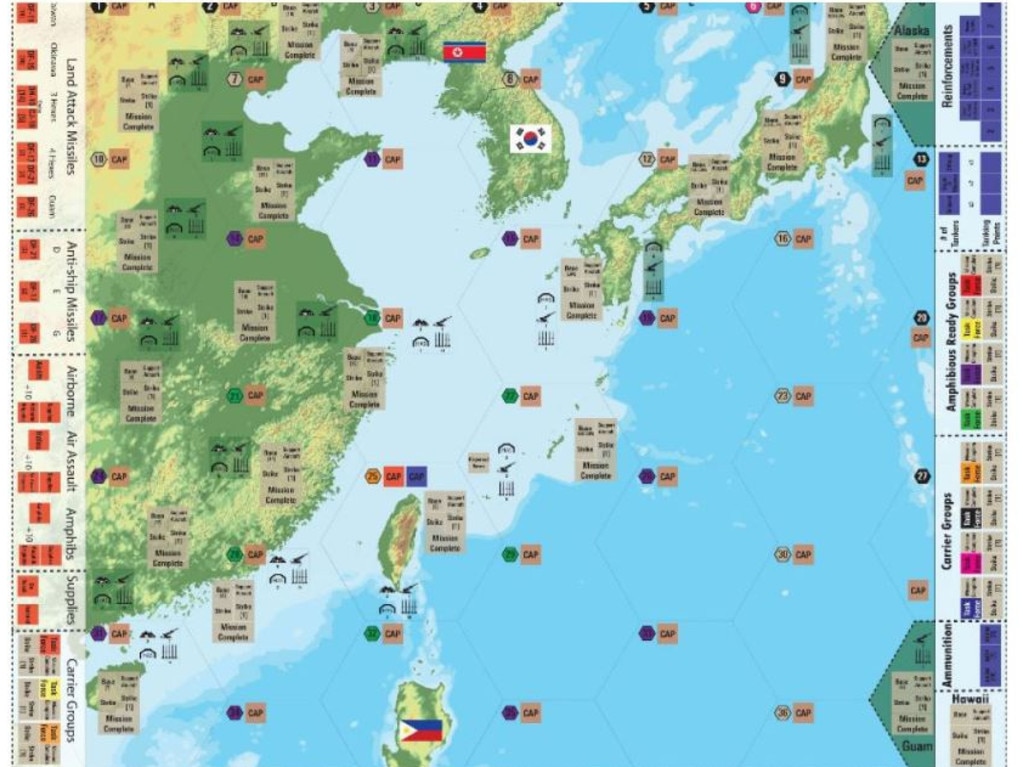
But that hasn’t stopped a bevy of Washington DC think tanks producing their own auguries of a conflict with China. The Center for a New American Security (CNAS), Rand Corporation, CNA and the Pentagon have dabbled in rolling the dice over the past year.
“The appeal of wargames is not hard to figure out: They provide a vivid and dynamic simulation of armed conflict,” says Heath. “What would happen if the two fought is an inherently fascinating question.”
Some outcomes are obvious: Such as any conflict being immensely destructive.
“Analysts have also noted the military implications for operational topics such as the importance of massing forces, adequate munition stores, and the vulnerability of surface ships on the modern battlefield,” Heath adds.
But such lessons could also be misleading.
Has every link in the chain of cause and effect been simulated?
Have the aircraft, ships, troops and tanks all magically materialised on the battlefield? Or did they have to fight to cross the 12,200km between the US and Taiwan?
How long before the ammunition runs out? Does every warship have to travel home to restock its missiles (they can’t do so at sea) before returning to the war zone? Does all that advanced technology work as advertised?
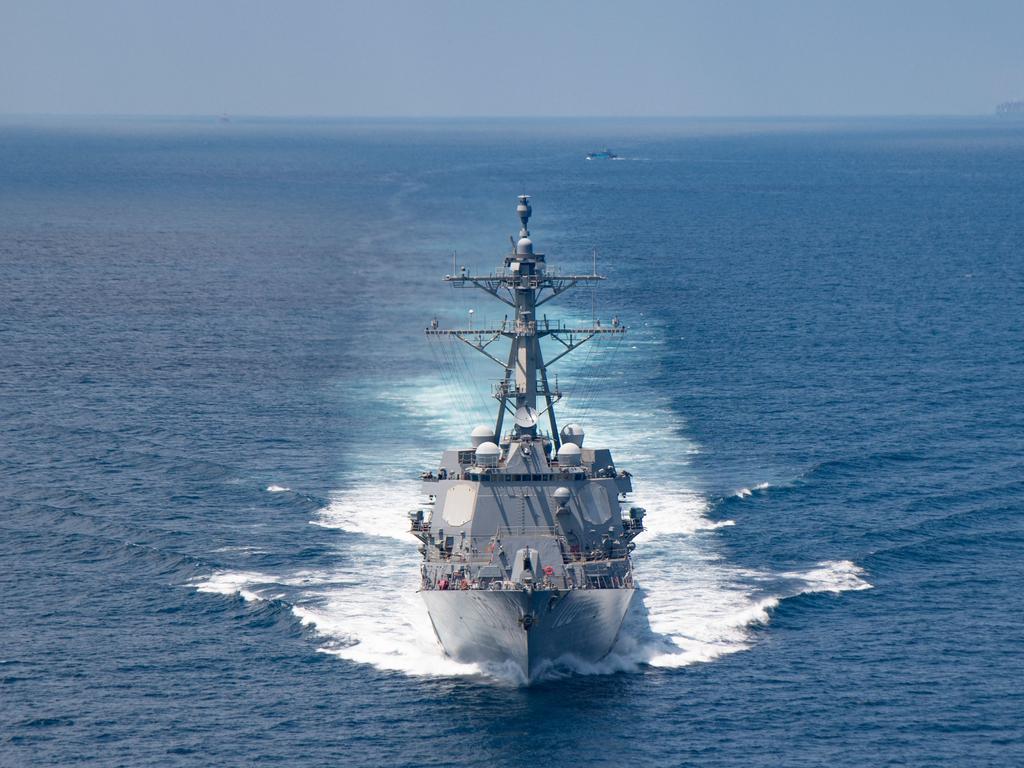
And Ukraine has demonstrated the unexpected impact of other, less clear-cut considerations.
What about morale? Public opinion? Political infighting? Battlefield innovations?
“In part, this is by design, since wargames are meant to be highly abstracted, simplified representations of enormously complex phenomena,” says Heath. “But while the simplification of relevant facts poses little problem for analysing military topics, it poses a tremendous challenge for those who seek to explore political topics.”
Wargames can’t predict the future.
That may be why Vladimir Putin and his generals are still scratching their heads about how their three-day invasion of Ukraine is still dragging on a year later.
A roll of the dice
“The invasion always starts the same way,” the CSIS First Battle of the Next War analysis reads. “An opening bombardment destroys most of Taiwan’s navy and air force in the first hours of hostilities.
“Augmented by a powerful rocket force, the Chinese navy encircles Taiwan and interdicts any attempts to get ships and aircraft to the besieged island.
“Tens of thousands of Chinese soldiers cross the strait in a mix of military amphibious craft and civilian roll-on, roll-off ships, while air assault and airborne troops land behind the beachheads.”

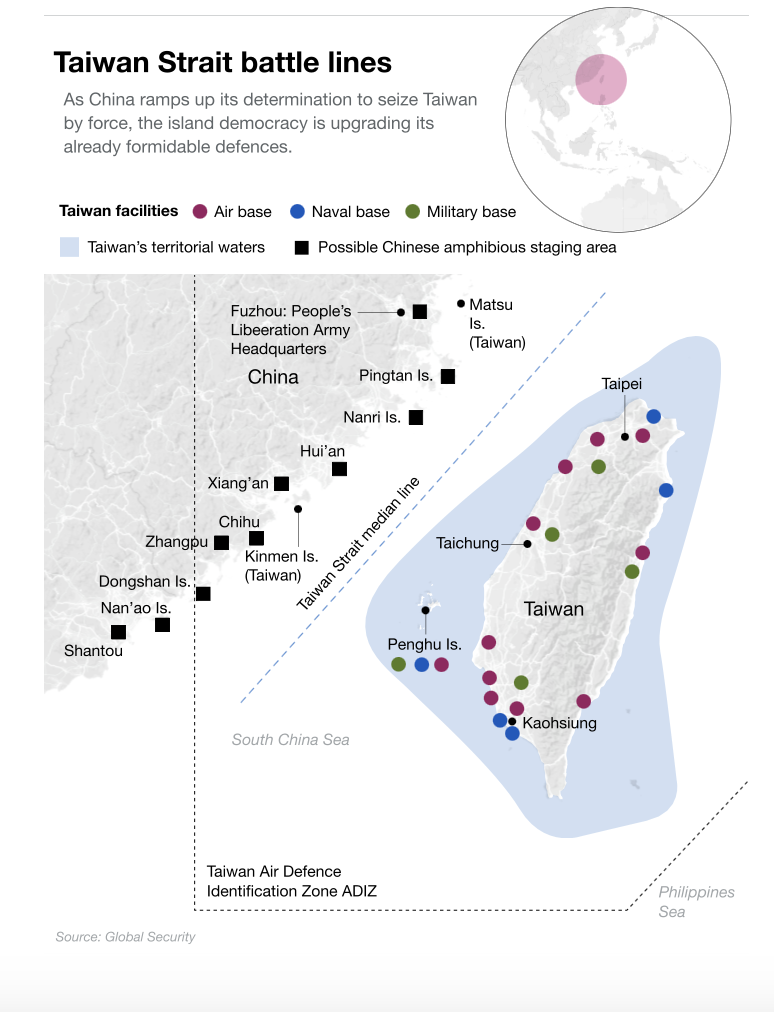
But Taiwanese troops are assumed to put up a stiff fight on the beaches to defend their homeland.
The US and its Pacific allies then rush to its defence.
“This defence comes at a high cost,” the report states. “The United States and Japan lose dozens of ships, hundreds of aircraft, and thousands of service members. Such losses would damage the US global position for many years.”
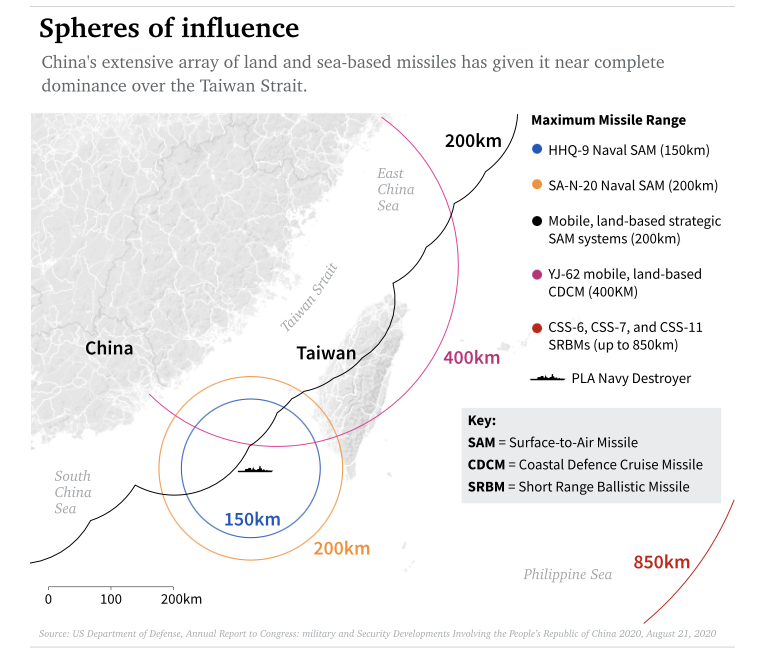
But the games quickly expanded beyond scenarios pitching fleets of ships against each other, or attack helicopters against troop formations.
“In the CSIS event, for example, participants debated whether the pre-positioning of marines on Taiwan prior to war would be “too provocative” or not,” Heath states. “Players also debated whether China should attack Japan or not. Political decisions on the initiation or escalation of war are immensely important. Yet they are also extremely difficult to answer.”
But politics aren’t the point, argues CNAS senior fellow and participant in the CSIS wargames Becca Wasser.
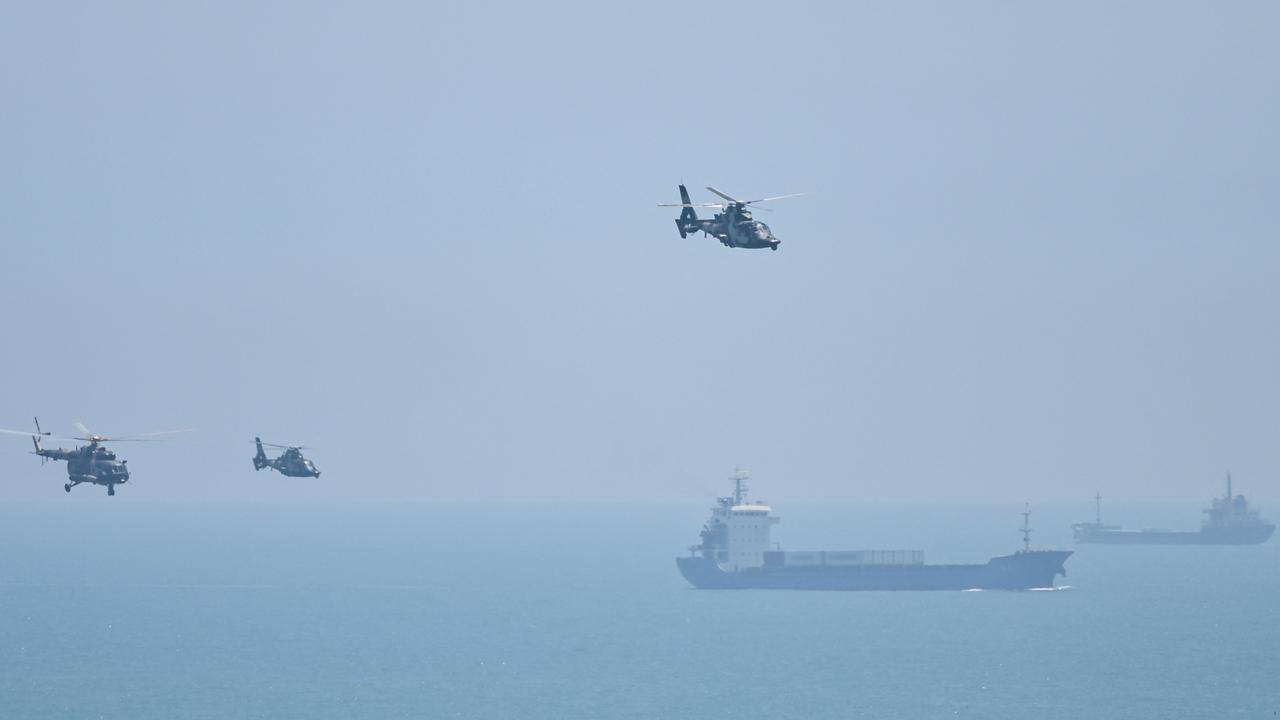
“What this represents is the most stressing scenario that US military forces could face in the Indo-Pacific,” says Wasser. “And because of that, the Department of Defense is purposely trying to look at the hardest set of challenges in order to ensure that it can deter effectively and deter at often what is referred to as the gold standard of deterrence or deterrence by denial.”
Prophecy by design
“I think it’s worth noting wargaming is nothing new,” says Wasser. “It’s not that, suddenly, we found this tool that we didn’t know about before.”
Participants experience issues as they emerge instead of simply reading about them. “This allows us to actually look at some of those human decisions that make up how a potential conflict could unfold, and the choices within it.”
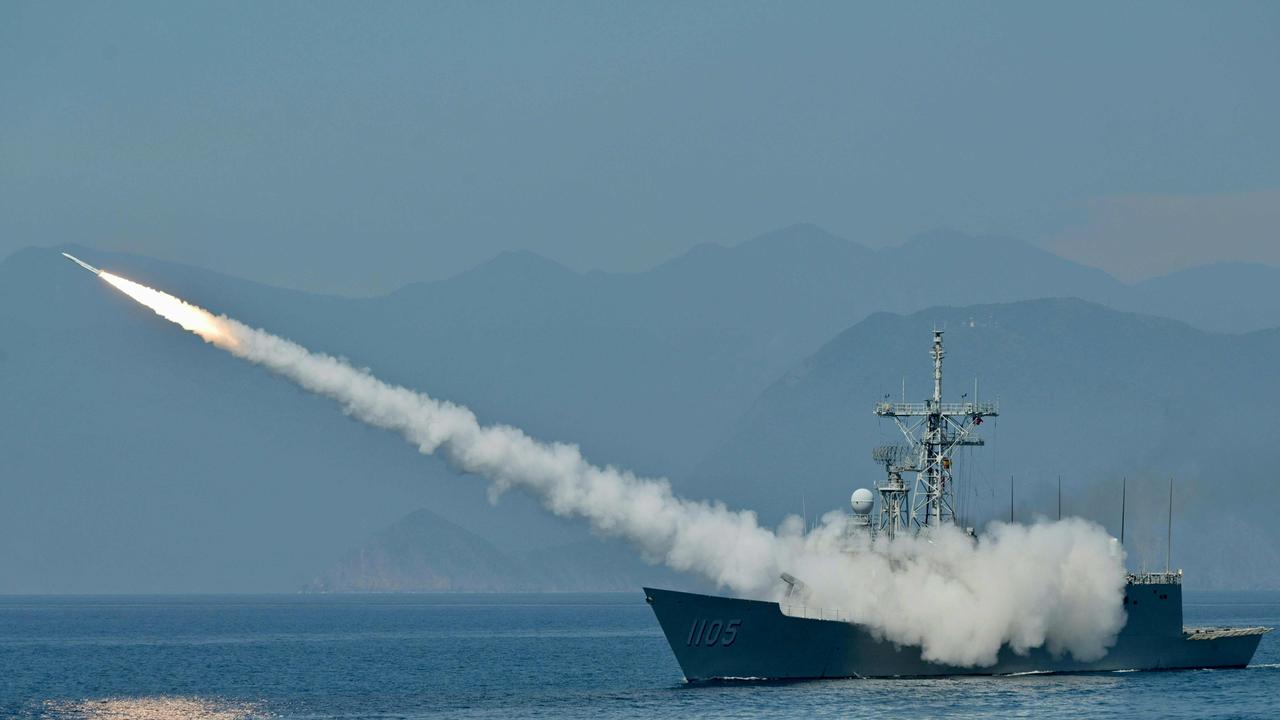
But Heath warns they can “present a misleading and inaccurate representation of the facts and incentives that would likely confront decision-makers in an actual wartime situation.”
“Analysts should be wary of trying to use wargames designed for military questions to analyse political questions,” he states. “The analysis of political topics has fundamentally different information requirements than those for military ones.”
Wargames are good at boiling performance statistics down to representative numbers.
But not human nature.
“Games used to support military analysis will continue to remain critical for defence planning, as they always have,” Heath notes. “They continue to play a valuable role for defence analysts who study operational problems related to modern war. Participants in games simulating a US-China war near Taiwan, however, often become interested in political questions because the same events quickly demonstrate that the US cannot “win” such a war at an acceptable price any more than China could.”
But wargames are about helping understand problems rather than solving them, Wasser argues.
“I think it is so important for all of us to just understand that a war game is never going to tell you the answer,” she says. “It’s never going to tell you exactly which strategy will win the war. It will never tell you which capability will be decisive. What it does do is it shed light on particular problems that need to be overcome.”
Jamie Seidel is a freelance writer | @JamieSeidel
